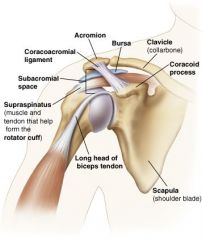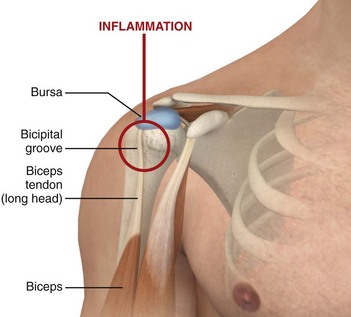Bicipital Groove Landmark

1 according to our findings when the surgeon is implanting a prosthesis using the posterior edge of the bicipital groove as a landmark the prosthesis may be.
Bicipital groove landmark. Secondly the reduction is completed and the fracture is fixed by a laterally placed locking plate. Firstly the anatomy is restored due to a proper reduction based on intraoperative landmarks. The bicipital groove intertubercular groove sulcus intertubercularis is a deep groove on the humerus that separates the greater tubercle from the lesser tubercle the bicipital groove lodges the long tendon of the biceps brachii between the tendon of the pectoralis major on the lateral lip and the tendon of the teres major on the medial lip. It also transmits a branch of the anterior humeral.
The bicipital groove offers a useful landmark for placement of the lateral fin of the prosthesis. The technique of hybrid double plate osteosynthesis using the bicipital groove as anatomic landmark may re establish shoulder function after complex proximal humerus fractures in two dimensions. Methods in randomly chosen shoulder specimens donors gave. The data show the anterior offset of the bicipital groove is nearly constant from proximal 7 3 mm.
We evaluated the course of the bicipital groove as it moves distally along the humerus. The lateral fin of the prosthesis should be positioned just at the posterior aspect of the groove for a retroversion between 30 and 40 which has been recommended and widely used. We quantified the three dimensional geometry of the bicipital groove in 49 dried humeri relative to the intramedullary axis quantified the reliability of using the bicipital groove as an anatomic landmark and compared this reliability with that of the conventional technique that uses a fixed average angle relative to the epicondylar axis to. Relative to the intramedullary axis quantified the reliability of using the bicipital groove as an anatomic landmark and compared this reliability with that of the conventional technique that uses a fixed average angle relative to the epicondylar axis to establish humeral head retroversion.
However when fracture surgery is performed only the distal portion of the bicipital groove may be available for reference.

















